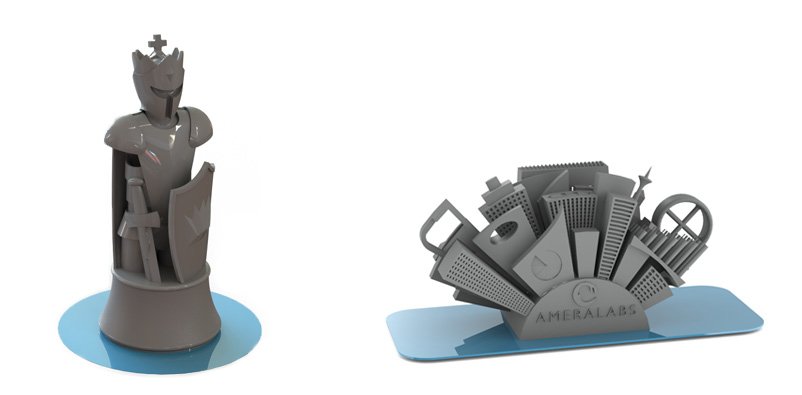
This is a printer like nothing you’ve ever seen, and it’s going to rock the 3D print world! It all helped us create the 3D printer from the ground up. This is after all you main source of how to.īe sure to check out our Facebook pages for the latest prints and updates:Įverything we’ve tested.
#HOW TO USE CREATION WORKSHOP DLP PRINTER MANUALS#
We love instructables, that's where it all started so no more than fitting we post our manuals right here. 3D printer is a result of intense testing and developing by a group of serious 3D printing enthusiasts. While the Liqcreate Premium line is developed to print fast on low-power DLP and LCD printers. Liqcreate Strong-X, Clear Impact, Deep Blue, Stone Coal Black and Hazard Glow are developed to print on Laser- and DLP based machines, while still working on LCD 3D-printers when exposure times are increased. The Liqcreate resins are developed to work with most techniques. DLP 3D-printers can be configured in many different ways, making it impossible to predict curing behaviour of the resin without testing. While LCD based 3D-printers have a low power LED light source, which works very well with fast curing resins. Laser based 3D-printers have a very powerful laser, which would need a slower curing resin to get a stable printing process. It is important to read the resin manufacturers datasheets to understand if it is compatible with your 3D-printer. Not all resins are compatible with the different printing techniques. Image by All3DP: different resin 3D-printing techniques explainedĪre all resins compatible with the different printing techniques? The build area is dependant on each machine and technically it is easier to create a bigger build area, by placing a bigger LCD in the machine. What most users don’t realize is that the LCD display is also count as a consumable, which should be replaced from time to time. These machines are more affordable and also consumables like FEP foil for your resin tray is cheaper. LCD based printing is a lot cheaper compared to the other techniques. DLP printers have another technical disadvantage to keep in mind, the (affordable) DMD chips are usually 1920*1080 pixels, which limits the quality of printing when upscaling the build area. One of the main drawbacks of Laser SLA techniques is its price for the machines and consumables. The table below shows the generic differences. There are many differences between the three main resin based 3D-printing techniques. How do SLA, DLP and LCD 3D-printers compare? Companies like Wanhao, Anycubic, Sparkmaker, Kudo3D, Creality, XYZprinting, Phrozen, and many more. The liquid resin turns into a rigid plastic on the spots where the light ‘hits’ the resin. The LCD is used as a mask, which creates the curing pattern. This technique works by an array of LED’s illuminating on the LCD. This technique uses an affordable LCD screen to create the mask, eliminating expensive DMD chips that are used in DLP techniques. One of the latest developments in resin 3D-printing is MSLA, also called LCD based 3D-printing. This 3D-printing technique is used by companies like EnvitionTEC, Sprintray, Atum3D, Rapidshape, Miicraft and Kudo3D The light from these LED’s is guided to a DMD chip, which creates the actual curing pattern. A few single LED’s are in the center of the DLP projector. It is generally a faster printing technique compared to Laser SLA, due to the fact that the projector can expose the whole layer at once, where a laser has to scan to cure the resin. The resin cures and becomes a hard plastic at the spots where the laser ‘hits’ the resin.ĭLP-SLA is a technique which uses a projector to selectively cure the resin. The laser is used to selectively cure the resin, by scanning the surface. Laser SLA is based on the original invention, used by companies as 3D-systems, Formlabs, UnionTech and Peopoly Moai. The last years, companies like Wanhao and Anycubic made resin based 3D-printing accessible for everyone by the introduction of cheaper LCD based 3D-printers.ĭuring these past years, many companies came up with their own 3D-printing technique and named it differently, although it is based on one of the three techniques listed below.

During the years after the discovery, other companies like EnvisionTEC came up with new methods of curing the light reactive resin, by projector, instead of a laser. This first 3D-printer was named stereolithography apparatus and used a laser to cure a light reactive resin. 3D-printing was discovered more than 30 years ago by the original founder of 3D-systems.


 0 kommentar(er)
0 kommentar(er)
